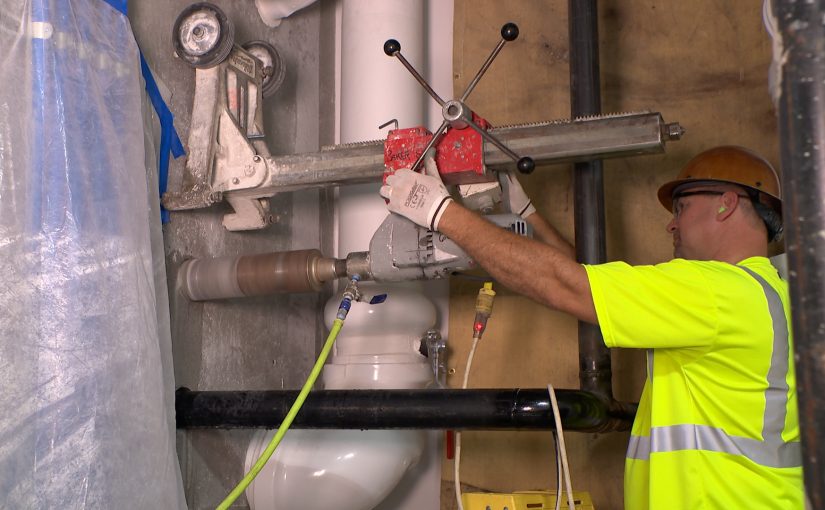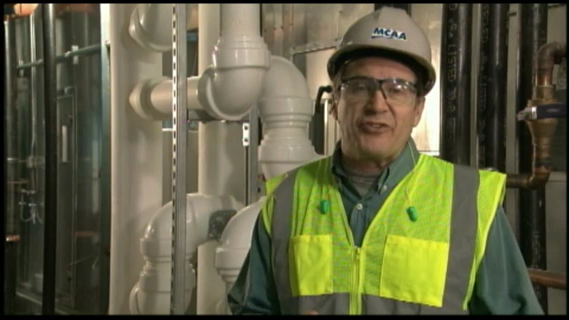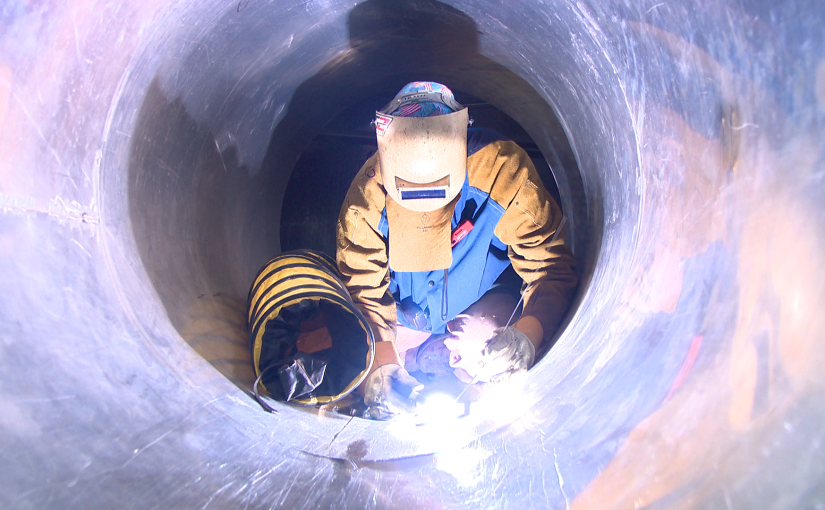Recordkeeping Rule Compliance Guidelines Released by OSHA
OSHA recently released compliance guidelines covering several provisions in its revised recordkeeping rule. The guidelines address industry questions and concerns about the rule’s employee involvement and prohibition against employee discrimination provisions. The provisions affect employer safety incentive programs, and mandatory post-incident drug testing requirements. There is currently litigation that may ultimately impose an injunction on the entire rule, or parts of it. However, a ruling is not expected until later next year. MCAA encourages all affected employers to be in compliance with the rule by December 1, 2016.






